Reviewed by Corey Noles
Having followed Samsung DeX since its ambitious debut with the Galaxy S8 back in 2017, I've watched the platform evolve from a revolutionary concept into a genuinely useful productivity tool. That's what made Samsung's decision to officially drop DeX for PC support with One UI 7 so surprising—until now. Samsung's latest One UI 8 brings DeX back to your PC, but after testing the beta for the past month, there's a fundamental twist that might leave power users scratching their heads.
What you need to know:
DeX for PC returns in One UI 8, but it's built on Google's native desktop mode instead of Samsung's original platform
Samsung killed its "classic" DeX system that debuted with the Galaxy S8 series in 2017
The new version strips away many customization options and productivity features that made DeX appealing to power users
Display flexibility finally improves with support for WQHD resolution and 360-degree rotation
The comeback story with strings attached
Here's the kicker: One UI 8's DeX isn't really Samsung's DeX anymore. After years of maintaining their own desktop windowing system, Samsung has chosen to adopt elements from Google's desktop mode that comes with Android 16, essentially rebuilding DeX on top of Google's foundation.
Think of it like swapping out a custom-tuned engine for a reliable factory model—you might lose some performance nuances, but you gain long-term maintenance simplicity.
This philosophical shift creates three immediate consequences for daily users:
Interface changes are immediately apparent. The desktop now includes a centered taskbar similar to Windows and centers all app icons, while the app drawer shows installed apps in a smaller pop-up window instead of taking up the entire screen.
Workflow disruption hits advanced users hardest. During my testing, the transition from Samsung's windowing system to Google's foundation became most noticeable when managing multiple applications—the subtle but crucial differences in how windows behave can throw off established productivity routines.
Long-term strategy alignment suggests Samsung is prioritizing development efficiency over feature differentiation, which makes business sense but fundamentally changes what DeX represents in Samsung's ecosystem.
What productivity features you're actually losing
The feature cuts run deeper than cosmetic changes, and frankly, they're more frustrating than I initially expected. Samsung removed fundamental desktop functionality that power users relied on daily.
Customization restrictions
The ability to hide the taskbar is gone entirely, along with the right-click functionality that let you access taskbar settings, sort apps, or adjust screen zoom. For someone who used DeX as a primary work setup for presentations, losing these organization tools creates constant visual distractions.
Window management limitations
You can't snap windows to the top anymore, though double-clicking app headers still maximizes them. More problematically, window organization features like creating folders in the apps menu or accessing split-screen view are missing entirely.
Media experience compromises
Perhaps most frustrating for daily users, the taskbar and app header remain permanently visible even during full-screen video playback. The handy "Lock DeX" button that prevented accidental exits has also disappeared—a seemingly small change that creates genuine workflow interruptions during intensive work sessions.
The silver lining for display enthusiasts
While Samsung stripped away customization features, they did address one long-standing technical limitation that's been driving users crazy for years. One UI 8's DeX finally delivers proper display flexibility, letting you choose optimized resolutions up to WQHD and rotate your external display 90, 180, or 270 degrees.
This change alone resolves a major pain point I've encountered repeatedly. As one frustrated user noted on Hacker News, the hardware could output 4K but "the system settings won't show you the 4K resolution option for some reason," previously requiring workarounds through Samsung's Good Lock app and the Multistar plugin.
Samsung DeX on newer devices like the Galaxy Z Flip 7 maintains both wired and wireless connectivity options, giving it an edge over competitors like Motorola's Smart Connect, which works exclusively through wireless connections.
What this means for your actual workflow
After a month of daily testing, Samsung's DeX rebuild represents a classic trade-off scenario that affects different user types in dramatically different ways.
For casual users who primarily need basic app access and media consumption, Google's foundation actually provides a more stable, predictable experience. The centered taskbar and simplified app drawer reduce complexity without significantly impacting core functionality.
For power users who relied on DeX's advanced window management, customization options, and productivity features, the transition feels like a step backward. As of now, "the only proprietary DeX components that remain are its touchpad, wallpaper settings, S Pen integration, and wireless display connectivity."
For business environments where consistency matters more than customization, the Google-powered foundation offers better long-term stability and potentially broader app compatibility—though at the cost of the polished, professional interface that made DeX compelling for client presentations.
PRO TIP: If you're currently running One UI 6, Samsung still supports the classic DeX for PC experience—though technical support has officially ended. Test your specific DeX workflows extensively before upgrading to determine whether One UI 8's changes align with your productivity patterns.
The bigger question isn't whether DeX is back—it's whether the DeX that returns serves your actual needs or simply carries the familiar branding over a fundamentally different experience. Samsung's decision makes business sense from a development resources perspective, but it transforms DeX from Samsung's carefully crafted desktop alternative into a Google-powered solution with Samsung's touchpoints.
For the DeX faithful who've built workflows around the platform's unique capabilities, this revival might feel more like a reboot than a homecoming.





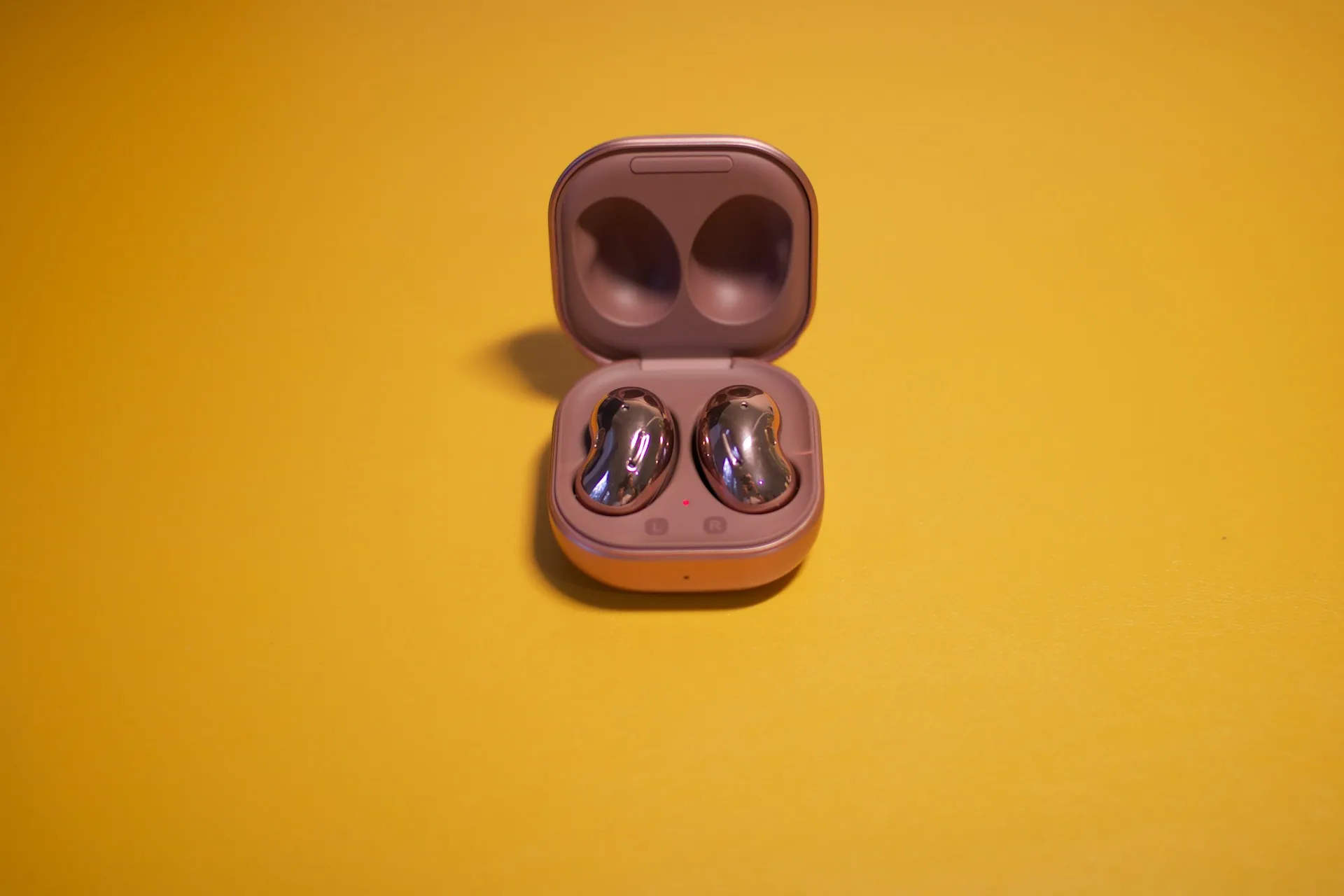
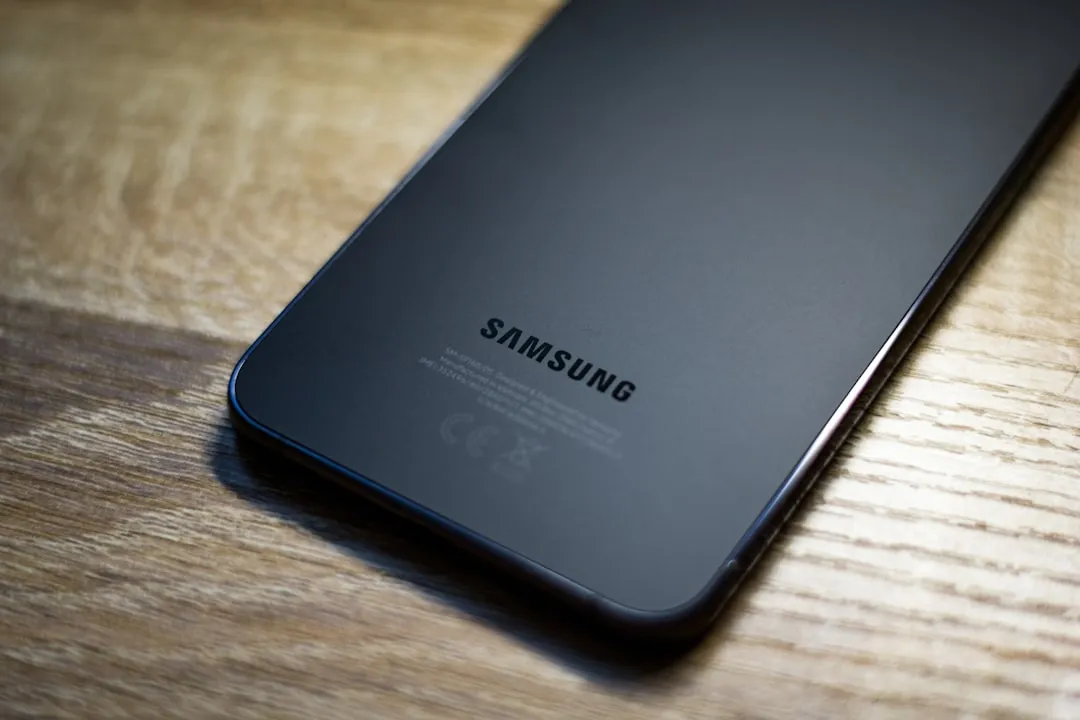

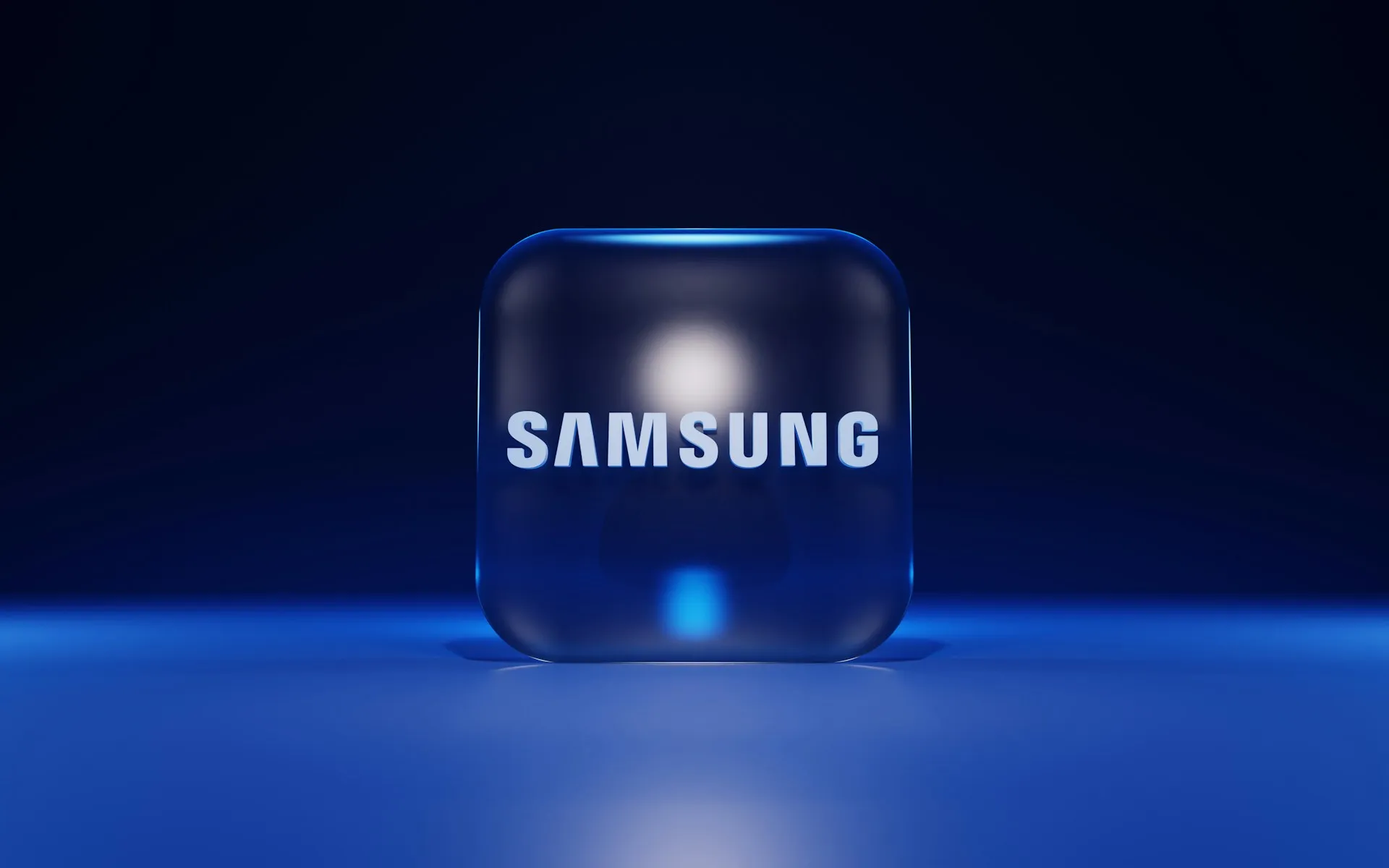
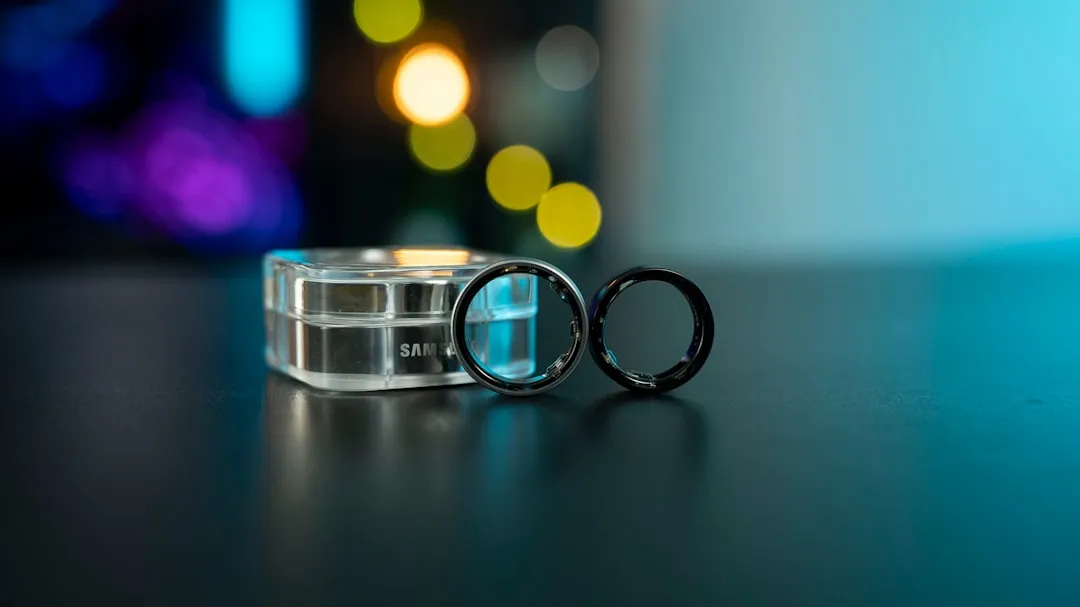
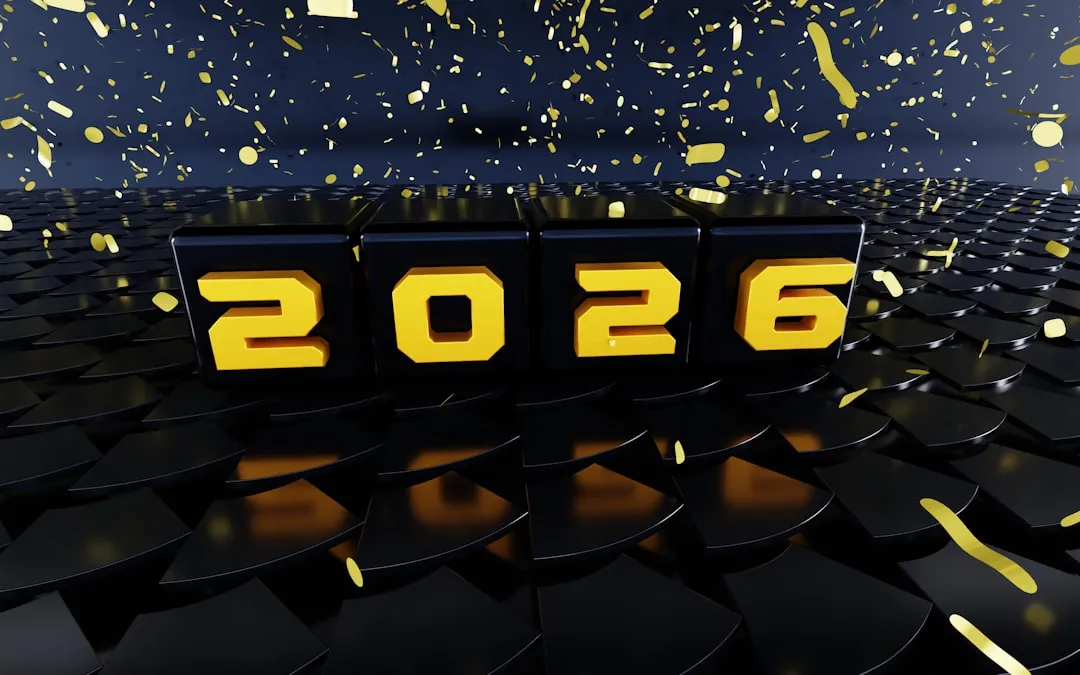
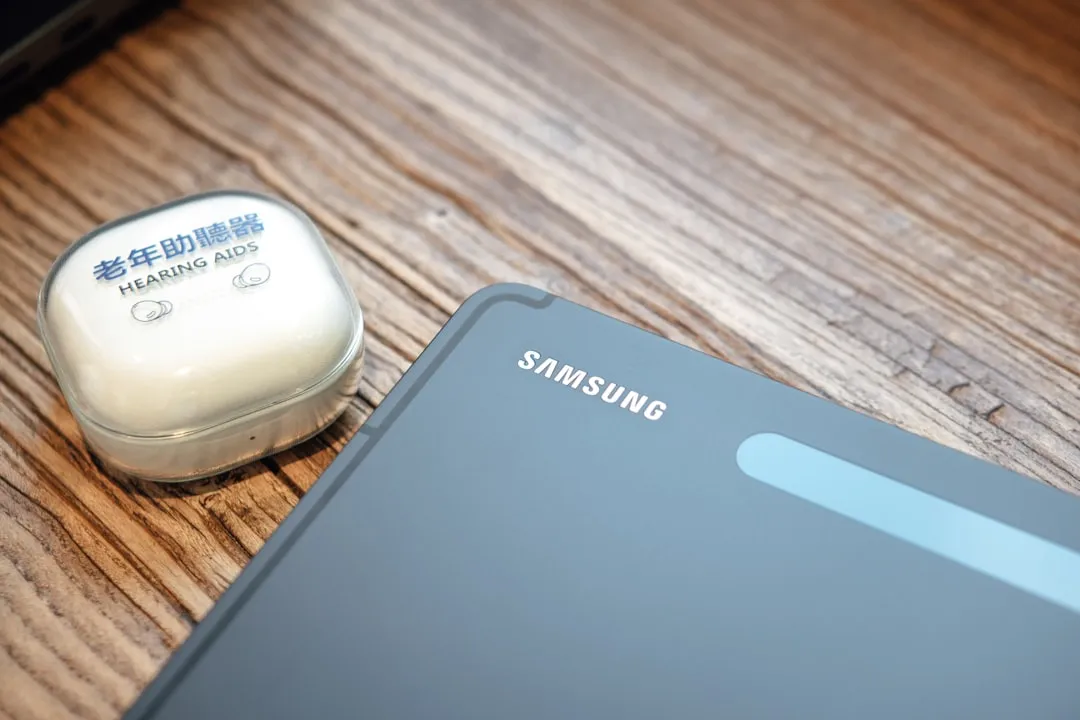
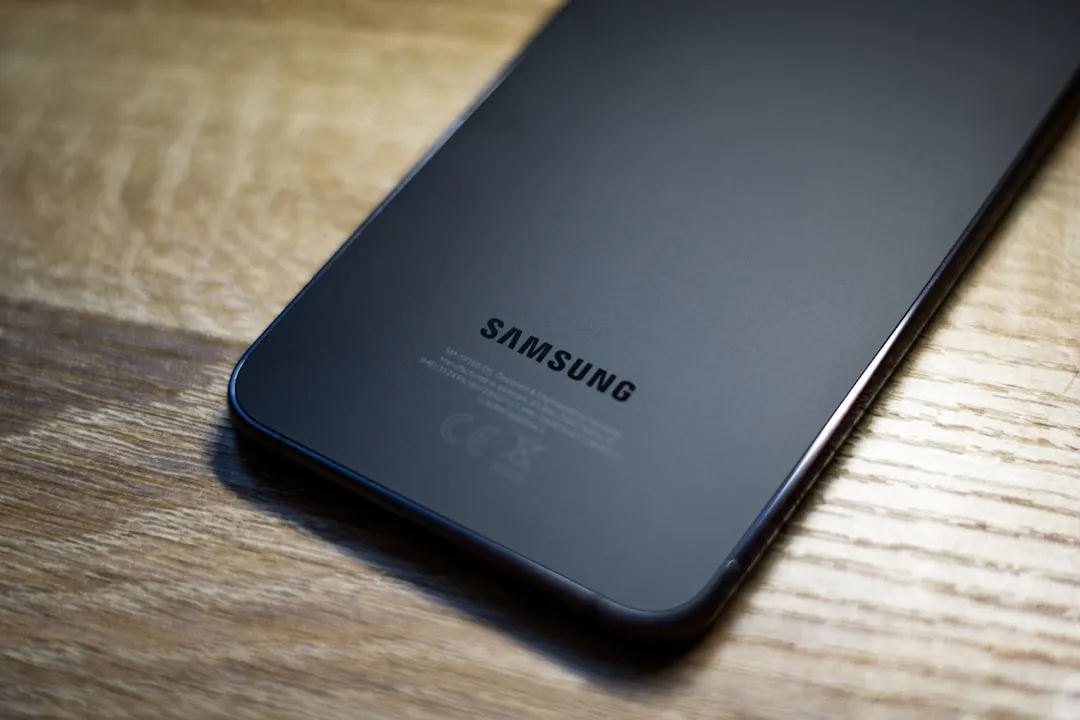



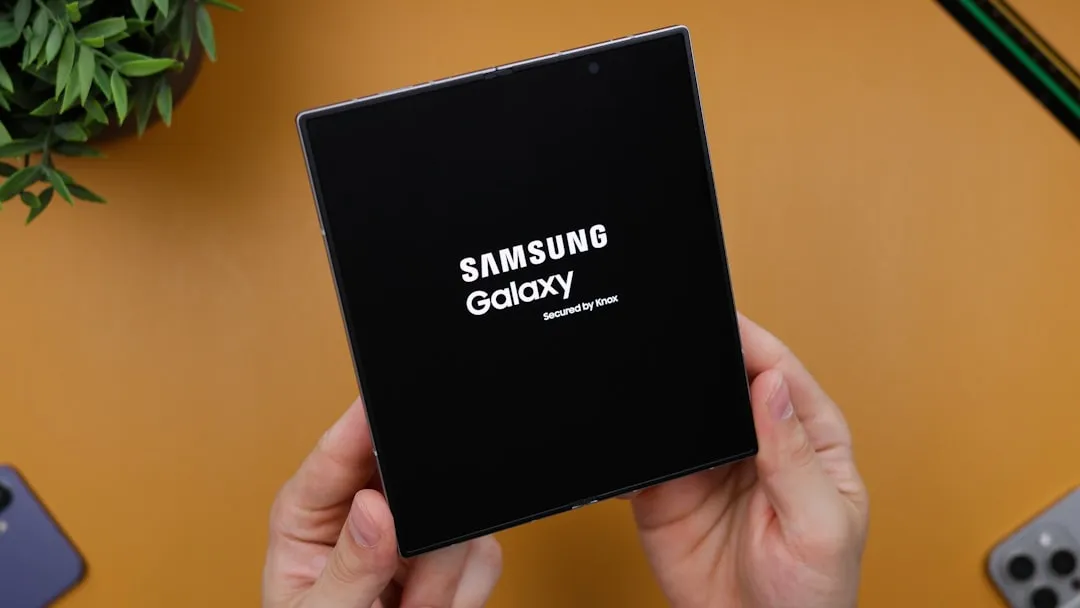
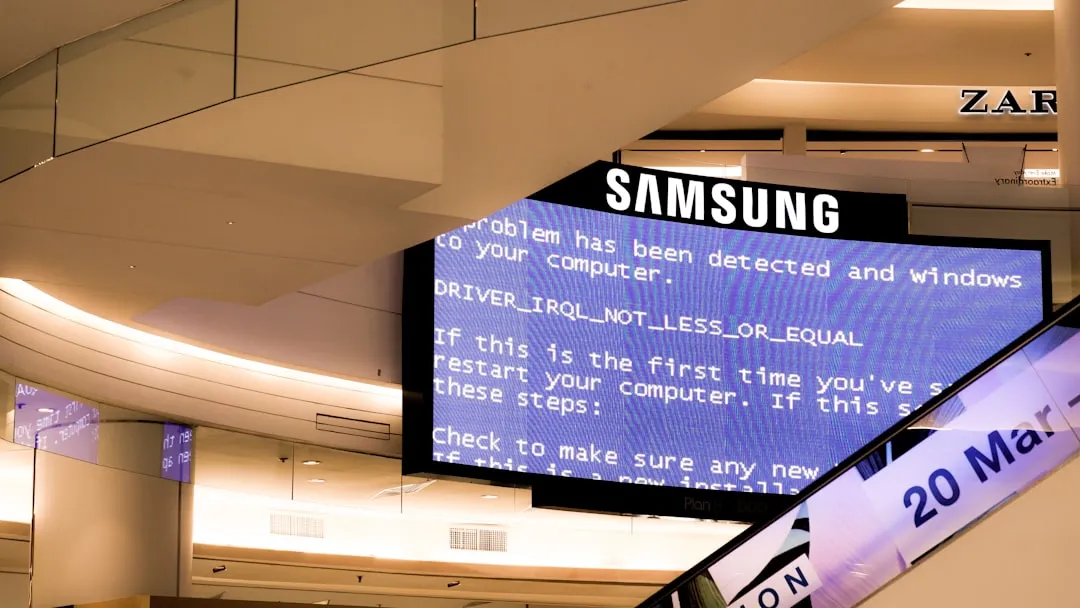
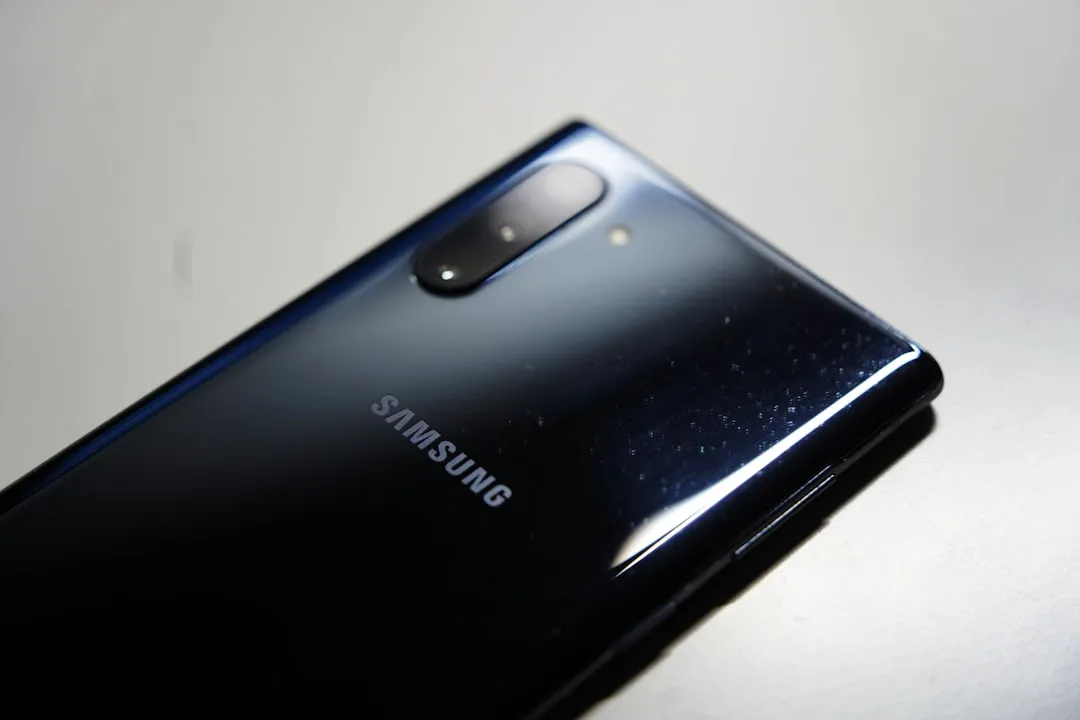
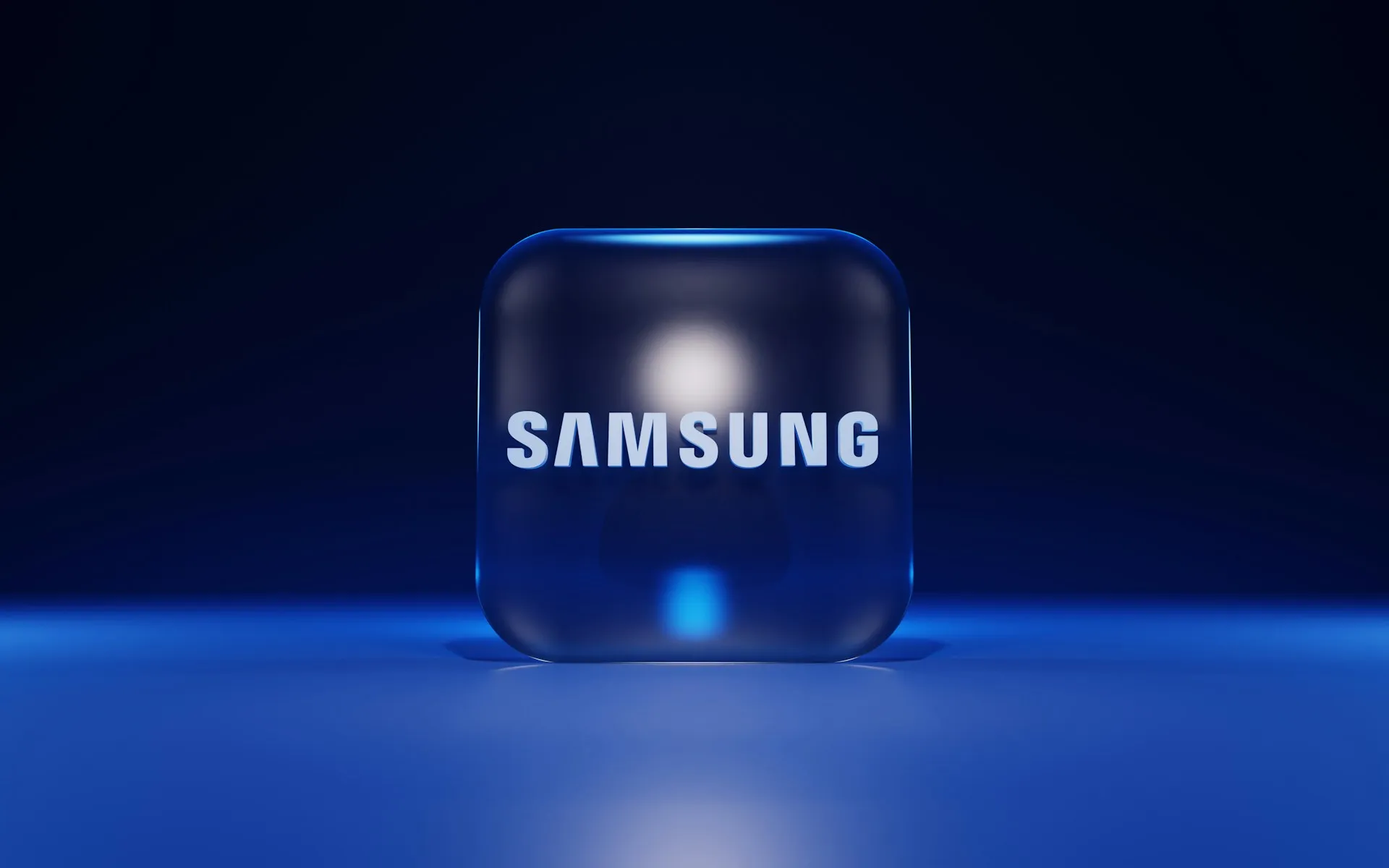
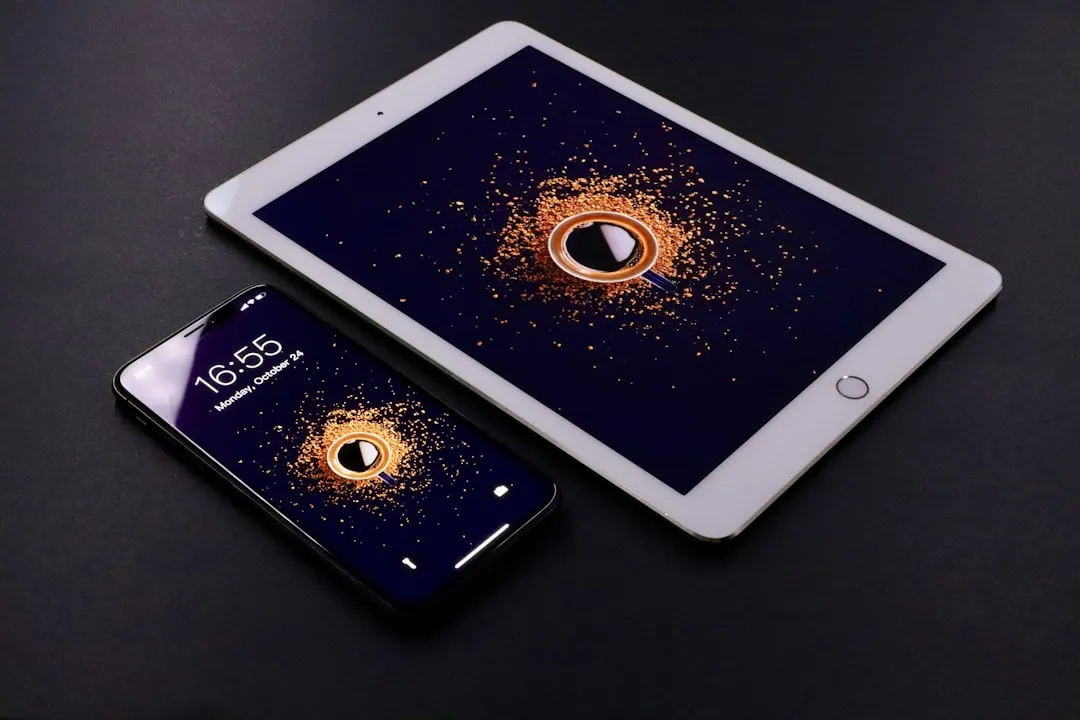
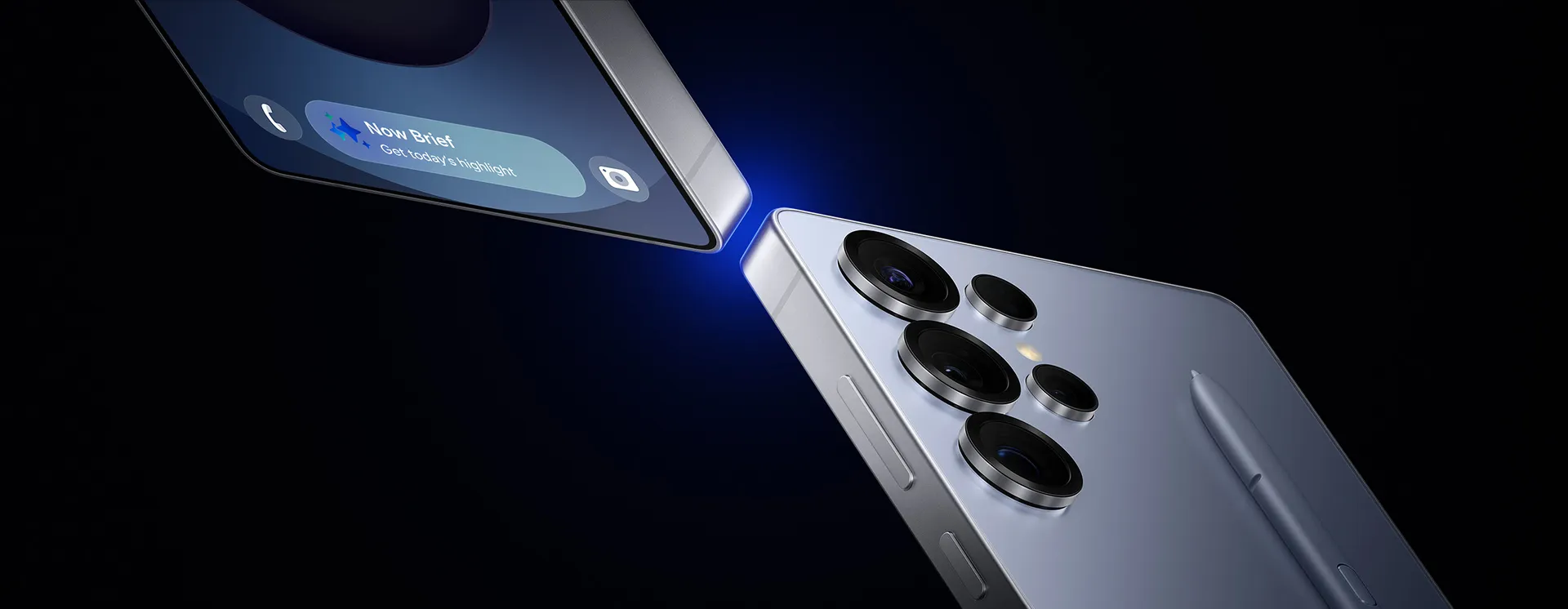

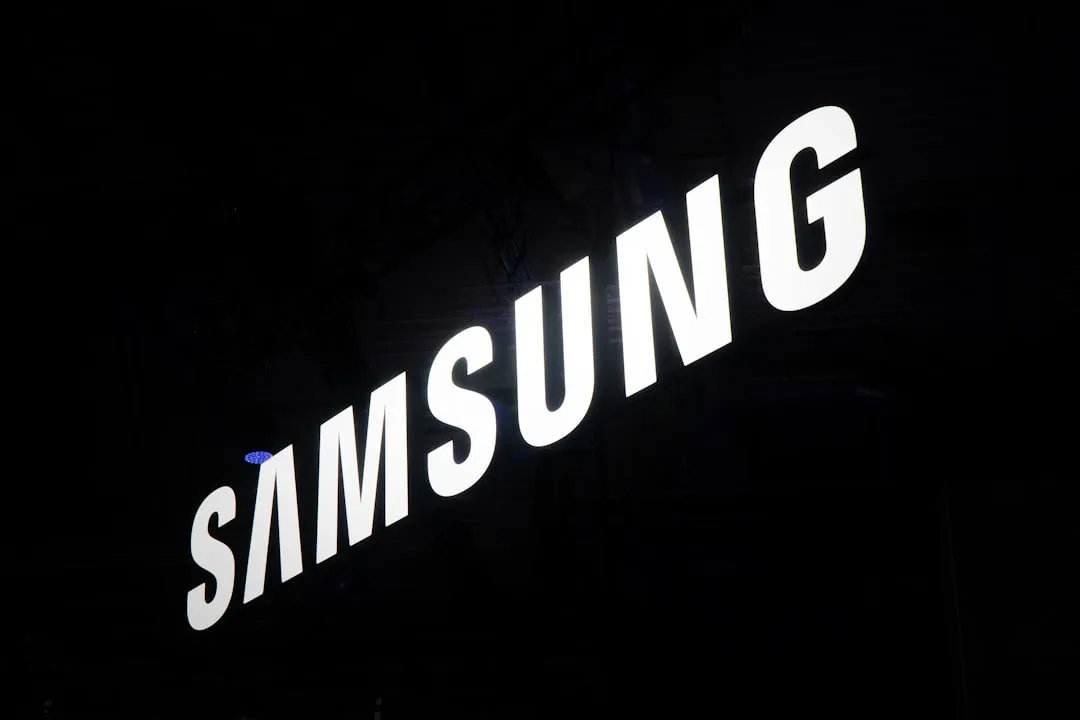

Comments
Be the first, drop a comment!